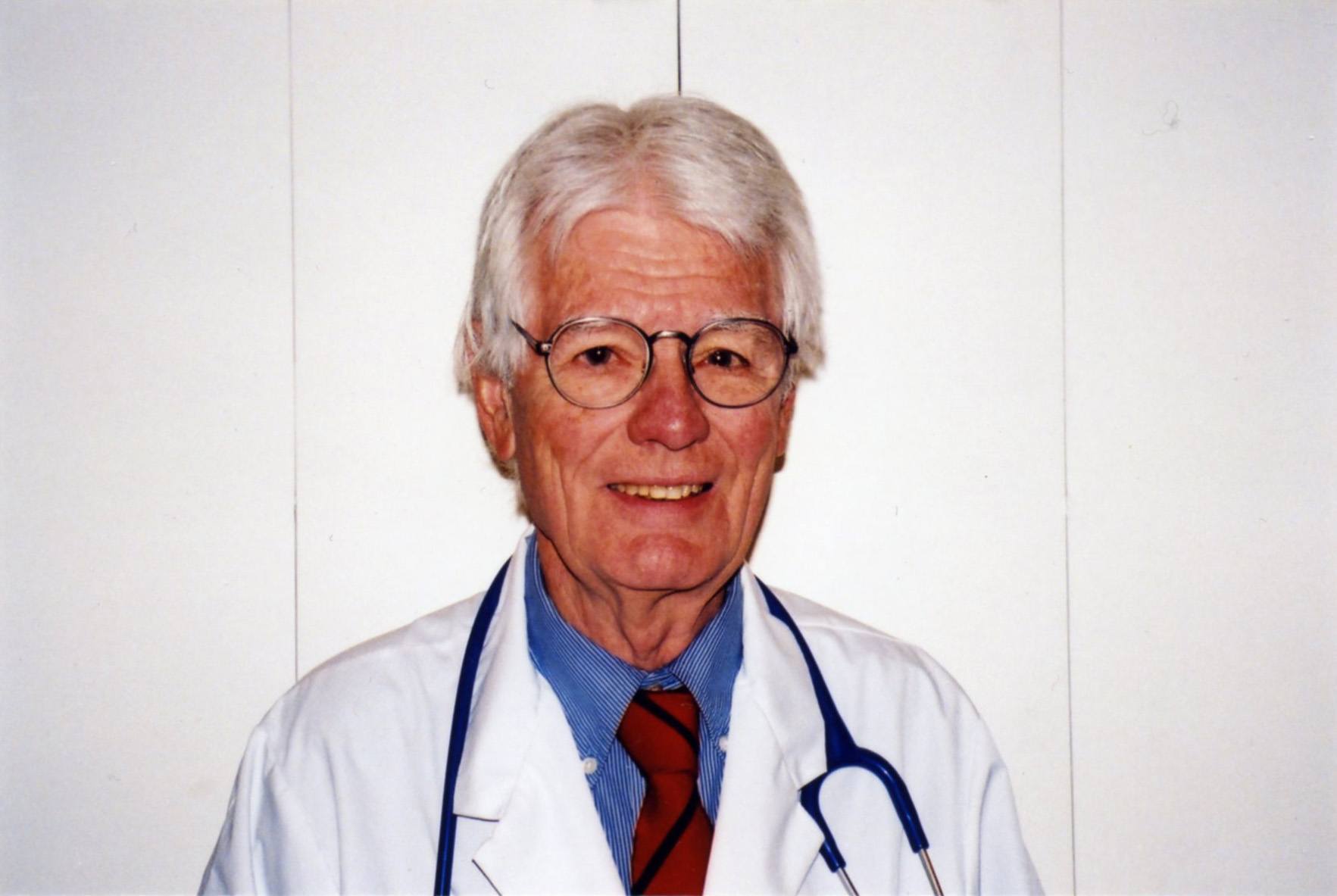Do you know how much trauma the human brain sustains in contact sports? Unless you’re a concussion specialist, few parents, coaches, athletes or even doctors have much knowledge about the extent of this injury. Concussion is like sugar and salt. Few people are aware of the amount they’re receiving, and all three can be lethal.
Recently, 28 million people watched as the Philadelphia Eagles linebacker Stewart Bradley collapsed on the field. Players frantically called for medical help. To everyone’s surprise Bradley, after a mere four minutes, was back in the game. At half-time, doctors diagnosed his condition as concussion.
Later, critics asked why Bradley was not immediately removed from the game. The lame excuse was that a sideline examination showed no concussion. Moreover, no doctor had seen either the hit or Bradley’s collapse!
So here’s the question. If this can happen in a well-televised professional sport watched by millions, with instant replays, what happens to children and teenagers playing high school hockey and football?
It’s been said that a small hole can sink a big ship. It just takes time. So too there’s reason to believe that a number of small blows to the head, whether causing unconsciousness or not, can lead to severe brain injury. This also just takes time.
Research reveals that up to 50% of high school football players will experience a brain concussion this season. But the majority of these injuries will not be reported.
For professional athletes the potential for injury is part of the game. But for parents, the crucial question is whether the benefit of contact sports is worth the long-term risk, particularly when teenagers tend to mimic the habits of their professional idols. And it’s now become standard practice for TV announcers to praise the number of “hits” during a hockey game.
A study showed that 86% of hockey injuries among hockey players 9 to 15 years of age are due to body checking.
Unfortunately our maker didn’t use screws to anchor the brain inside the skull. If we had this protection, sudden blows to the head would not toss the brain against an immovable skull causing anything from a bruise to cerebral hemorrhage.
It does not take a genius to diagnose a broken arm. But when the brain is bounced against the skull, it’s next to impossible to know the degree of injury. All too often it’s a guessing game in amateur sports for coaches, and for doctors, to determine if one is present.
Concussion causes a variety of symptoms such as headache, double vision and a feeling of “having my bell rung”. Players are often unable to answer simple questions such as, “What’s the score?” With more severe injuries there may be seizures, vomiting, weakness on one side of the body and loss of consciousness. But a player does not have to become unconscious to have a concussion.
Dr. Karen Johnston, a neurosurgeon at McGill University, Montreal, states a cardinal rule. Players who are suspected of having concussion must always sit out the game. They must never be told to “shake it off” or left alone. They must be seen by a physician.
Dr. Charles Tator, a Toronto neurosurgeon, says that amateur players always want to downplay their injury. They’re afraid of another player taking their place and always want to appear tough.
Tator stresses that the suffering of a first concussion is one thing. The second one is another matter. He says if this happens before a bruised brain is healed the additional damage can, on rare occasions, result in death from sudden swelling of the brain.
The use of helmets with visors has helped to prevent the loss of eyes in hockey. But helmets lead teenagers to believe that head injuries cannot occur. A sudden blow, however, still has the same effect on an unscrewed brain.
Contact sports such as football and hockey can never be 100% safe. But when players like Bradley are placed at risk with all the high priced help available it’s obvious that many concussions go undiagnosed in amateur sports. And concussion is a high price to pay for a game supposed to be fun.



